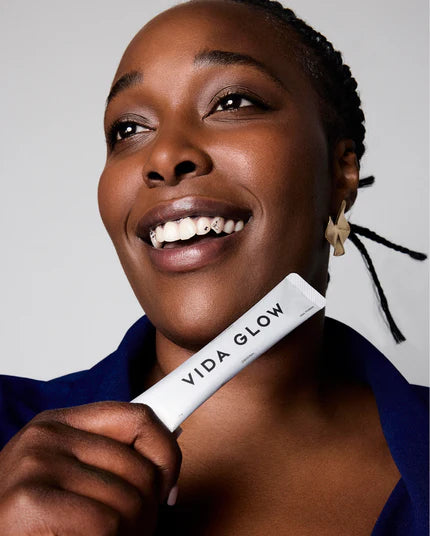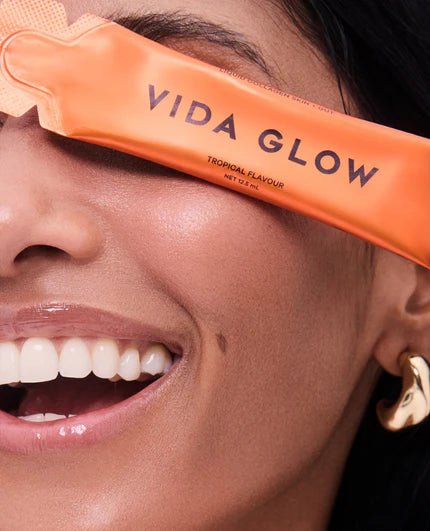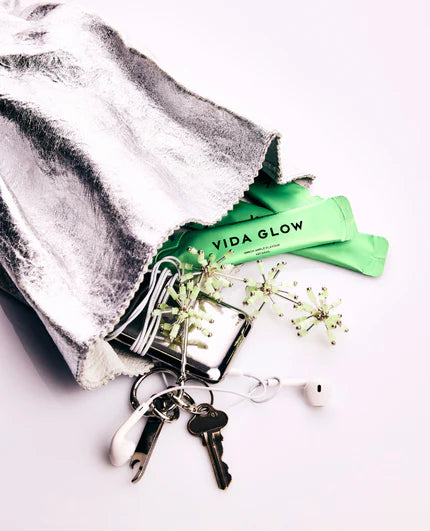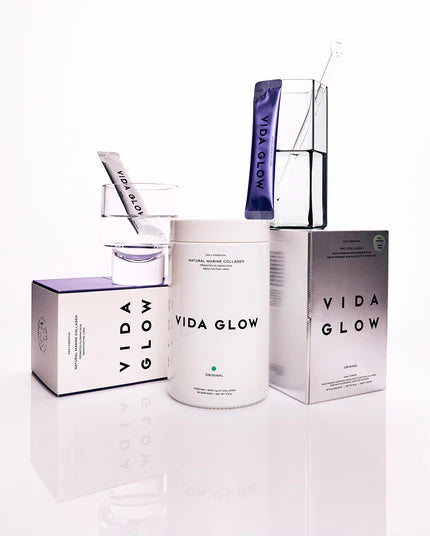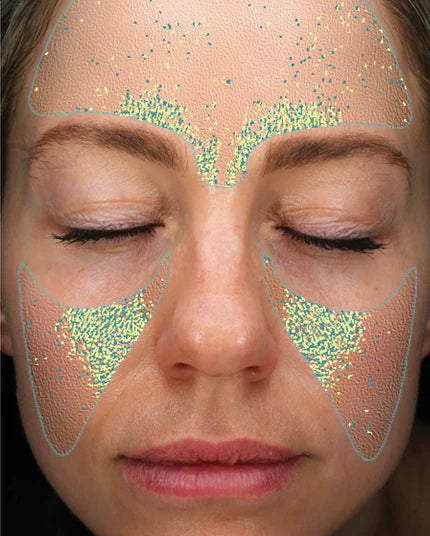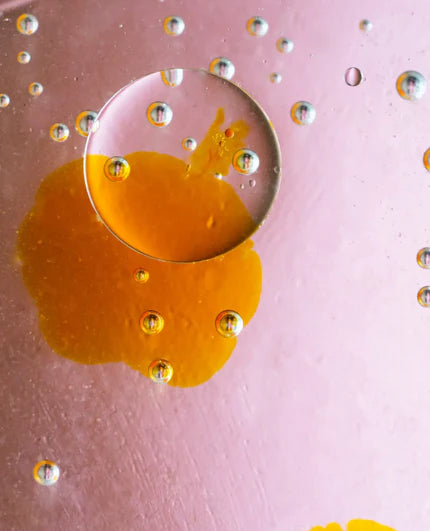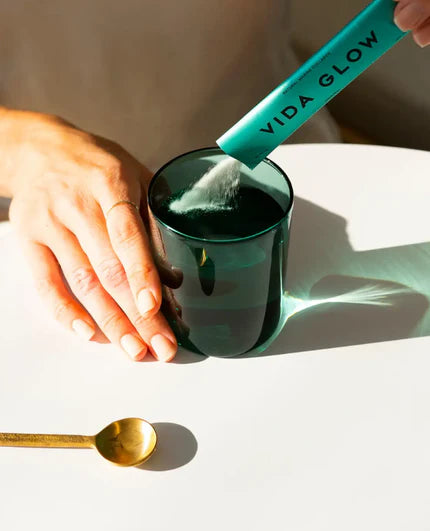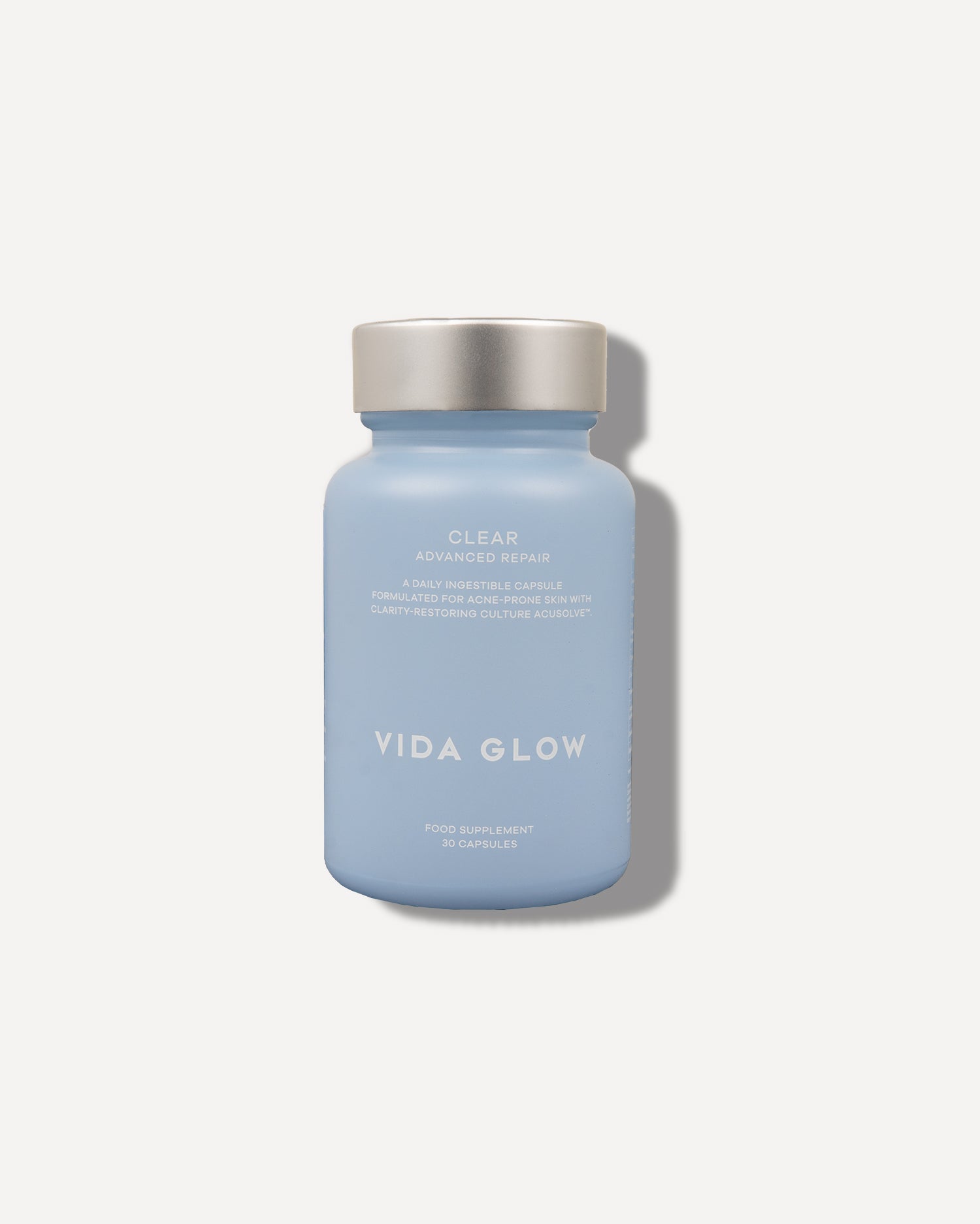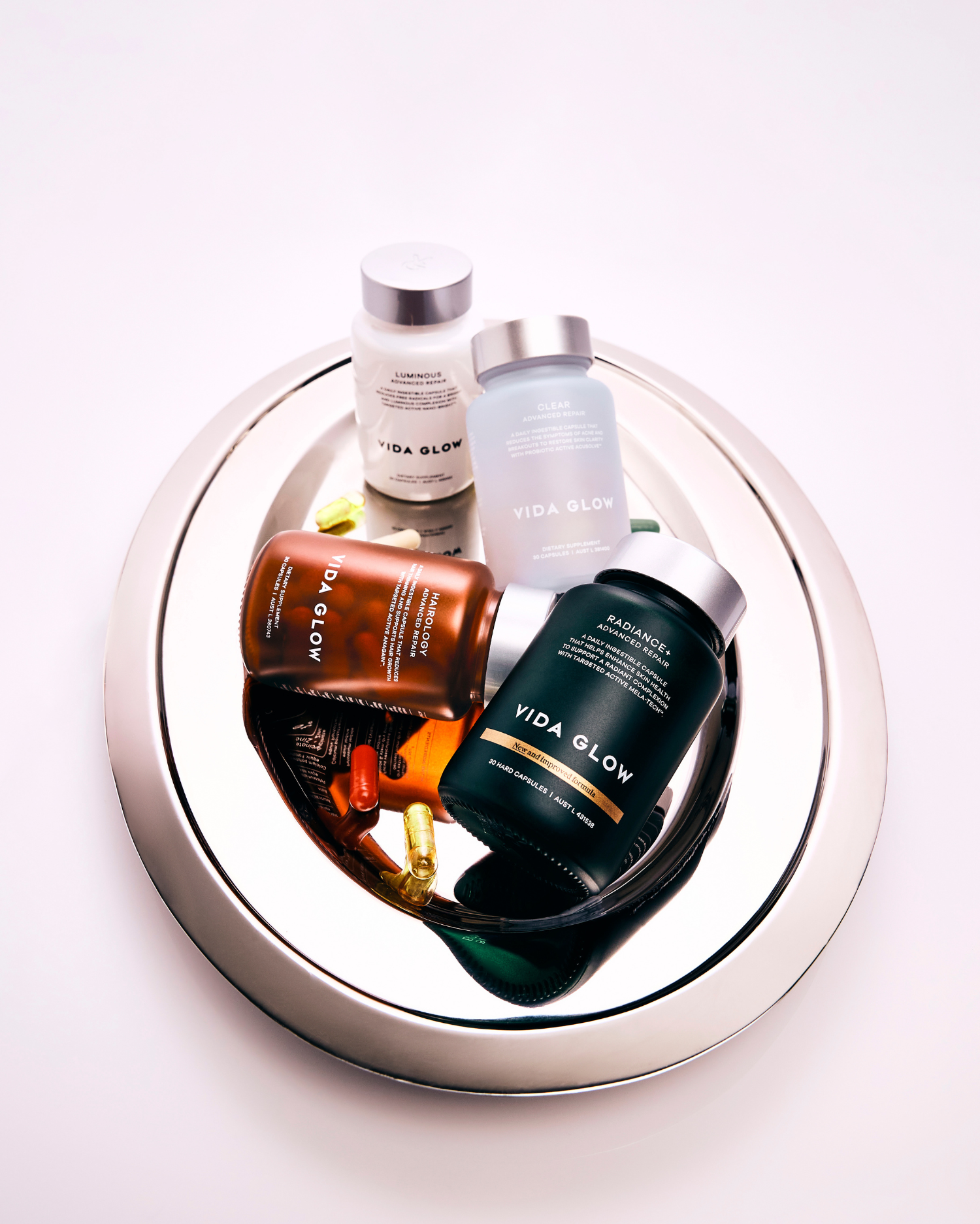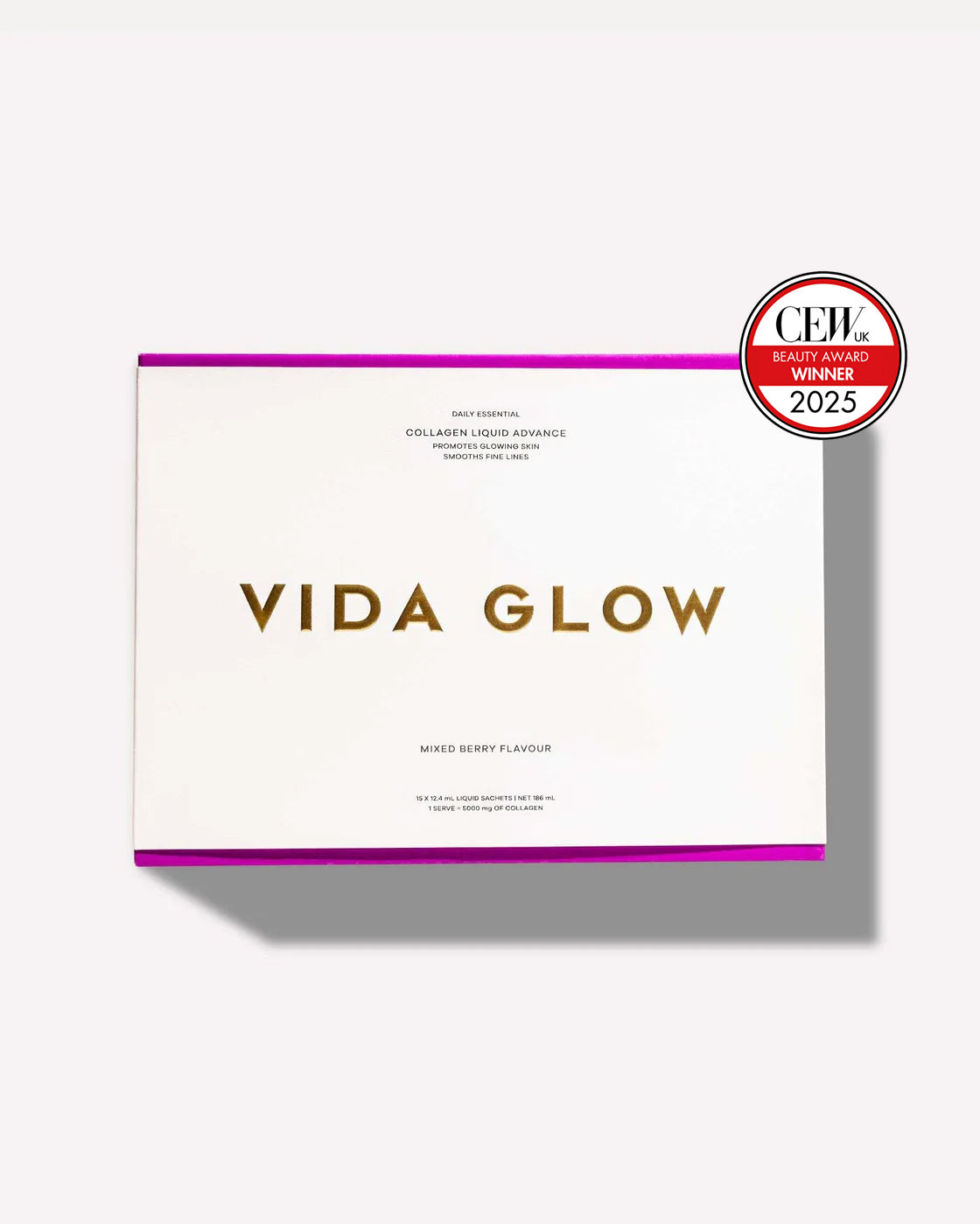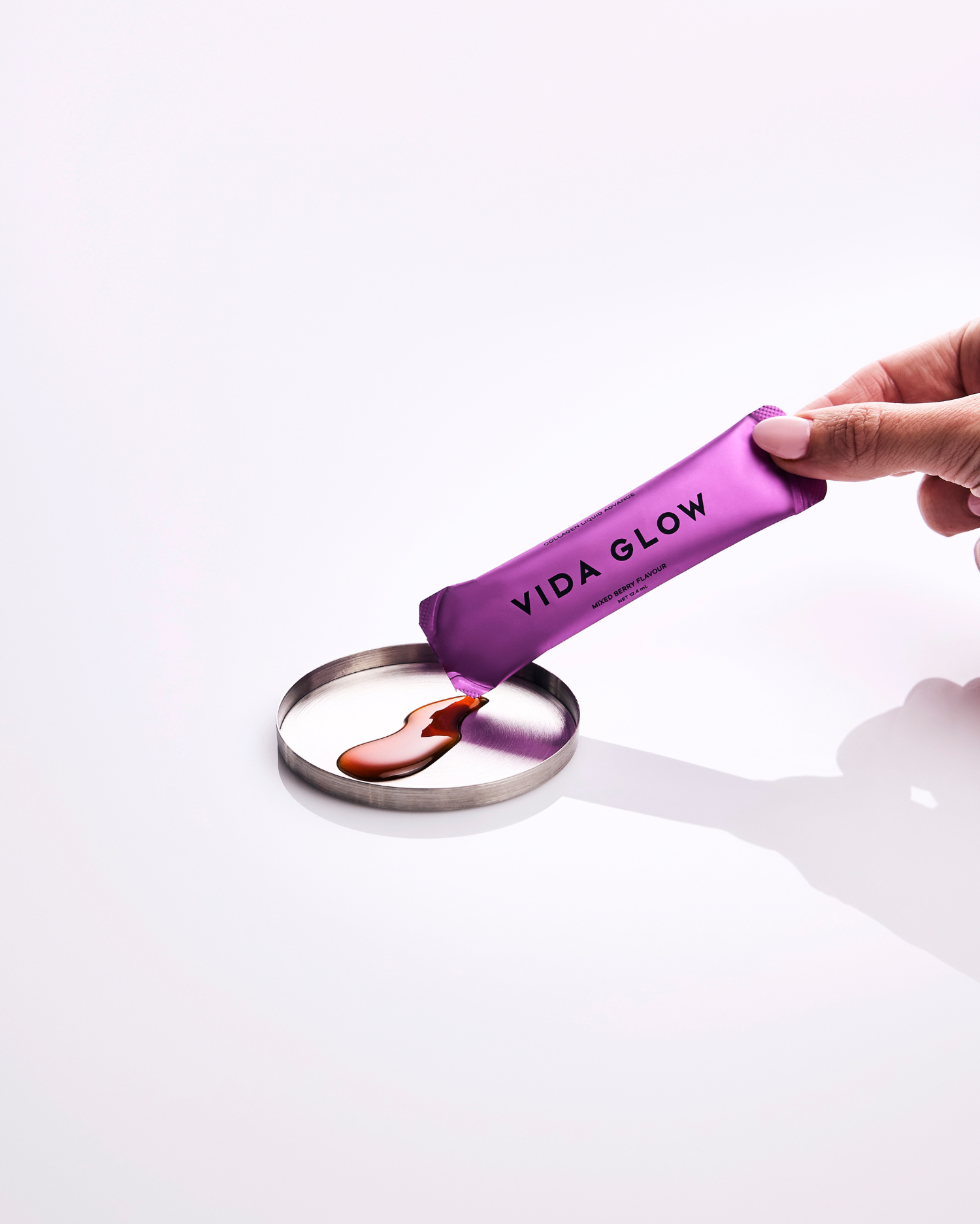Clear, even and glowing skin is the hallmark of a healthy and youthful appearance. And while achieving it may feel like an impossible task, it shouldn’t!
Here, we breakdown everything you need to know about uneven skin tone including its causes, what it can look like, how to treat it, and most importantly, how to prevent it.
What is uneven skin tone?
Uneven skin tone refers to a lack of uniformity in the colour and texture of the skin. The impacted skin is visibly distinct from surrounding areas and often darker, dull or red and brown in comparison to your usual skin tone. It’s most common on areas of the face, decolletage, shoulders and hands.
What does uneven skin tone look like?
Uneven skin tone will look different on everyone and can show up in multiple ways depending on genetics, lifestyle choices, sun damage and age. The most common appearances of an uneven skin tone include:
-
Redness or discoloured blotchiness: This occurs in areas with increased circulation or inflammation and can be temporary, appear in flares or a chronic condition such as rosacea.
-
Pigmentation: There are many types of pigmentation that cause uneven skin tone including sun damage, freckles, age spots and melasma. Post-inflammatory hyperpigmentation can also leave uneven red or brown marks of discolouration.
-
Dullness: This occurs when the skin lacks radiance or luminosity and creates an uneven, shadowy appearance when not uniform.
-
Texture irregularities: Roughness, bumps or other unevenness on the skin, often caused by dryness, can make the skin tone appear uneven with these areas the more susceptible to discolouration.
What causes uneven skin tone?
Sun Damage
One of the leading causes of uneven skin tone is sun damage. Prolonged or repeated exposure to UVB radiation triggers the overproduction of melanin, the pigment responsible for the colour of our skin. The excess of melanin shows up as darker spots or patches of skin or pigmentation such as freckles and sunspots creating an uneven appearance.
Hormone imbalances
Pigmentation can also be triggered by hormone-related imbalances creating blotchy brown marks called melasma. This type of hyperpigmentation is mostly experienced by women during pregnancy or as a result of use of the contraceptive pill, although the exact causes have never been scientifically confirmed.
Pollution
Pollution is an often-overlooked cause of uneven skin tone but one that shouldn’t be ignored. Particles and gases from the atmosphere are absorbed by the skin and cause oxidation of the surrounding skin cells. This leads to free radical damage, triggering an inflammatory response that can appear as dark spots or areas of dullness on the face.
Dry skin
When it comes to textural irregularities, dry skin is typically the biggest culprit. Dry skin lacks sebum making it vulnerable to cracking, peeling or a rough appearance. This kind of damage to the skin leads to dullness and is prone to discoloration creating an uneven skin tone.
Inflammation
Any trauma or damage to the skin including breakouts, or aesthetic treatments like laser resurfacing, will overstimulate melanocytes triggering melanin production and post-inflammatory hyperpigmentation (PIH) as a result. PIH typically shows up as red or brown marks that may fade on their own overtime or need further intervention to avoid prolonged scarring.
Uneven skin tone treatment
People treating uneven skin tone face what feels like an unbeatable challenge. Many uneven skin tone products promise a quick fix however topical products only target the superficial layers of the skin, rather than the deepest layers where most pigmentation occurs.
Skincare ingredients like retinol, glycolic acid, vitamin C, kojic acid and niacinamide can help to fade discolouration and support a bright and even skin tone. And there are also professional aesthetic treatments like medical grade skin peels or laser treatments that treat superficial pigmentation. However, the most effective uneven skin tone treatments target the root causes of pigmentation, inflammation and discolouration on a cellular level.
Radiance is a once-daily ingestible capsule that works deep within the epidermis to combat the leading cause of uneven skin tone, pigmentation. It visibly brightens and illuminates the complexion working to reduce and prevent signs of pigmentation including melasma, dark spots and acne induced PIH.
How to prevent uneven skin tone
Protecting your skin from environmental aggressors and maintaining a diligent approach to sun protection is the best way to prevent uneven skin tone.
Anti-G-Ox has been scientifically formulated to act as an extra line of defence for the skin against inflammation, oxidative stress and advanced glycation end products (AGEs). A daily antioxidant supplement, it contains a potent blend of actives to enhance skin resilience and withstand the ageing effects of the sun, stress and environmental pollution, all of which can cause uneven skin tone.
If dry and flaking skin is causing uneven skin tone, supplementing with a high quality hydrolysed marine collagen like our hero Natural Marine Collagen can help to maintain skin hydration and integrity.
With multiple types of discolouration causing uneven skin tone, treating it requires a targeted and consistent approach. The simplest, and the most effective, is to start by building an ingestible routine that both treats and prevents. Combining this with SPF and a supporting skincare routine, you can see visibly brightened and even skin in a few short months.

